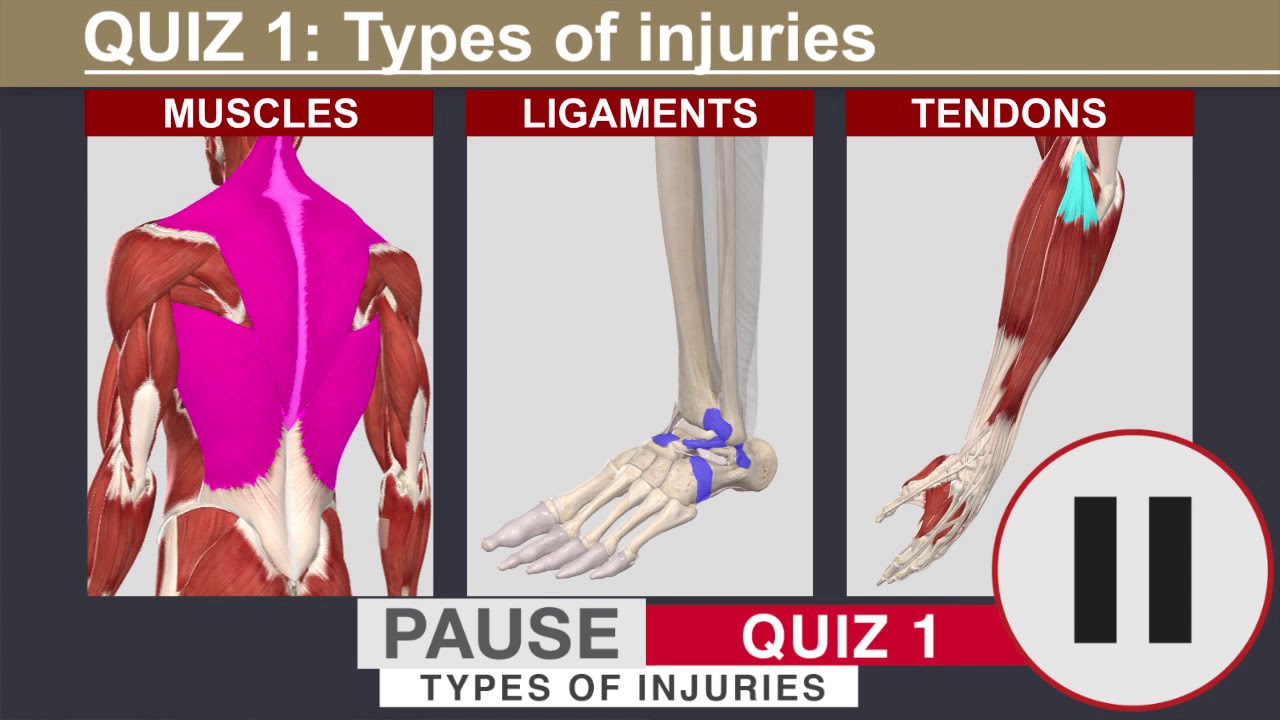Anatomy Of Trauma - Can PTSD Show Up Years Later?
For the sake of time, it is easy to gloss over trauma's long-lasting impact on victims and their loved ones as well as the larger community. Therefore, trauma, whether physical, mental, or spiritual, may be buried only to reappear as pain, worry, behavior, or any variety of survival strategies years later. The more we learn about the human body's reaction to damage and trauma, the more we can improve our understanding of the anatomy of trauma.
Author:Suleman ShahReviewer:Han JuOct 07, 202216.7K Shares760.9K Views

For the sake of time, it is easy to gloss over trauma's long-lasting impact on victims and their loved ones as well as the larger community. Therefore, trauma, whether physical, mental, or spiritual, may be buried only to reappear as pain, worry, behavior, or any variety of survival strategies years later. The more we learn about the human body's reaction to damage and trauma, the more we can improve our understanding of the anatomy of trauma.
Because our brains move about a bit within our skulls, it's possible for us to sustain more trauma as a result. The brain is normally protected from the hard skull by a barrier of cerebrospinal fluid, despite the skull's spiky features.
Impacts Of Trauma On The Body
The body is affected by all types of trauma, whether they are physiological, mental, emotional, or interpersonal. The body is the most reliable record we have of our life's events and experiences, so it is crucial that we consider it throughout the healing process.
Recurring upsetting thoughts, sensations, and emotions following a traumatic event have been identified as a hallmark of Post Traumatic Stress Disorder (PTSD). In today's so-called "civilized" world, it's not always possible to react as our neurological systems would want. It's because of the harmful stigmatizing effects of widespread social and political disinformation.
Those who manage to survive with such ideas firmly planted in their minds have effectively rendered this natural process inert. Instead of dealing with it, they can try to "suck it up" or "get over it" instead.

SAVE 1 - Introduction, Anatomy & Cumulative Trauma
People Also Ask
What Is The Physiology Of Trauma?
When tissues are injured quickly, such as in an act of violence or an accident, the hypothalamic-pituitary-adrenal axis, as well as the immune and metabolic systems, go into action to restore equilibrium.
What Are 3 Mechanisms Of Injury?
Penetration, blunt force, and deceleration are the three main types of trauma despite the wide variety of damage caused. When it comes to what happens after an injury as well as the body's reaction to it, there is a lot of crossovers.
What Are Trauma Injuries?
Many different types of blunt, piercing and burning processes may result in traumatic injuries. Accidents with motor vehicles, injuries sustained in sports, falls, natural catastrophes, and the many other ways people might be hurt in their everyday lives at home, in public, or on the job all need to be treated right away.
Final Words
Since several structures in the brain are susceptible to damage from blunt force, this kind of trauma may induce a wide range of symptoms. The brain is protected not only by the skull but also by a strong membrane called the dura. Numerous arteries, veins, and crucial nerves run through and around the brain tissue and the dura (the cranial nerves).
Consequently, the skull, the blood vessels, the nerves, the brain tissue itself, or all of these things, may be harmed by a blow to the head. The anatomy of trauma explains how people show a broad variety of symptoms, from none at all to coma, depending on the type and severity of their injuries.

Suleman Shah
Author
Suleman Shah is a researcher and freelance writer. As a researcher, he has worked with MNS University of Agriculture, Multan (Pakistan) and Texas A & M University (USA). He regularly writes science articles and blogs for science news website immersse.com and open access publishers OA Publishing London and Scientific Times. He loves to keep himself updated on scientific developments and convert these developments into everyday language to update the readers about the developments in the scientific era. His primary research focus is Plant sciences, and he contributed to this field by publishing his research in scientific journals and presenting his work at many Conferences.
Shah graduated from the University of Agriculture Faisalabad (Pakistan) and started his professional carrier with Jaffer Agro Services and later with the Agriculture Department of the Government of Pakistan. His research interest compelled and attracted him to proceed with his carrier in Plant sciences research. So, he started his Ph.D. in Soil Science at MNS University of Agriculture Multan (Pakistan). Later, he started working as a visiting scholar with Texas A&M University (USA).
Shah’s experience with big Open Excess publishers like Springers, Frontiers, MDPI, etc., testified to his belief in Open Access as a barrier-removing mechanism between researchers and the readers of their research. Shah believes that Open Access is revolutionizing the publication process and benefitting research in all fields.

Han Ju
Reviewer
Hello! I'm Han Ju, the heart behind World Wide Journals. My life is a unique tapestry woven from the threads of news, spirituality, and science, enriched by melodies from my guitar. Raised amidst tales of the ancient and the arcane, I developed a keen eye for the stories that truly matter. Through my work, I seek to bridge the seen with the unseen, marrying the rigor of science with the depth of spirituality.
Each article at World Wide Journals is a piece of this ongoing quest, blending analysis with personal reflection. Whether exploring quantum frontiers or strumming chords under the stars, my aim is to inspire and provoke thought, inviting you into a world where every discovery is a note in the grand symphony of existence.
Welcome aboard this journey of insight and exploration, where curiosity leads and music guides.
Latest Articles
Popular Articles